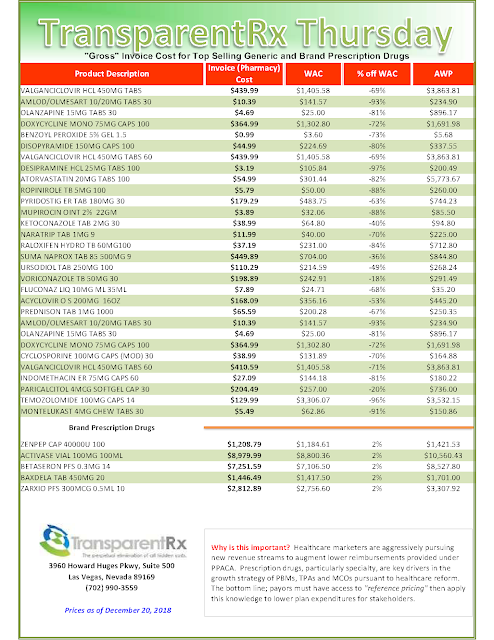Employers are Sticking it to Employees, with Rebates, for a Couple of Dollars in Savings
 |
| START LEARNING ☛ |
But many people with diabetes can’t get the deal Crook got. In a practice that policy experts say smothers competition and keeps prices high, drug companies routinely make hidden pacts with middlemen that effectively block patients from getting cheaper generic medicines.
Here’s how it works: Makers of established brands give volume-based rebates to insurers or intermediaries called pharmacy benefit managers. In return, those middlemen often leave competing generics off the menu of drugs they cover, called a formulary, or they jack up the price for patients. The result is that many can’t get the cheaper drugs unless they shoulder a bigger copay or buy them with no help from insurance.
Tyrone’s Commentary:
I don’t believe that rebates are a bad thing. Rebates are bad only when plan sponsors don’t receive 100% of these monies back from non-fiduciary PBMs. It is that act or lack thereof which is bad not the rebates. Sort of reminds me when people say money is evil. Money doesn’t have a personality it just flushes out the personality in people good or bad. The same can be said for rebates. However, there is another side to the story.
What about plan sponsors who are intentionally keeping some lower cost drugs off the formulary or in higher tiers to reduce Final Cost to Plan? Wouldn’t this action make these plan sponsors bad actors also? The article printed in Kaiser Health News certainly suggests as much.
In the table above, the $19.47 difference in cost share starts to add up quickly for a family with multiple members requiring the medication or for a patient injecting more than 50 units per day. Willfully forcing employees to shoulder a higher cost share for the sake of a few extra rebate dollars, is contrary to prudent formulary management practices.









